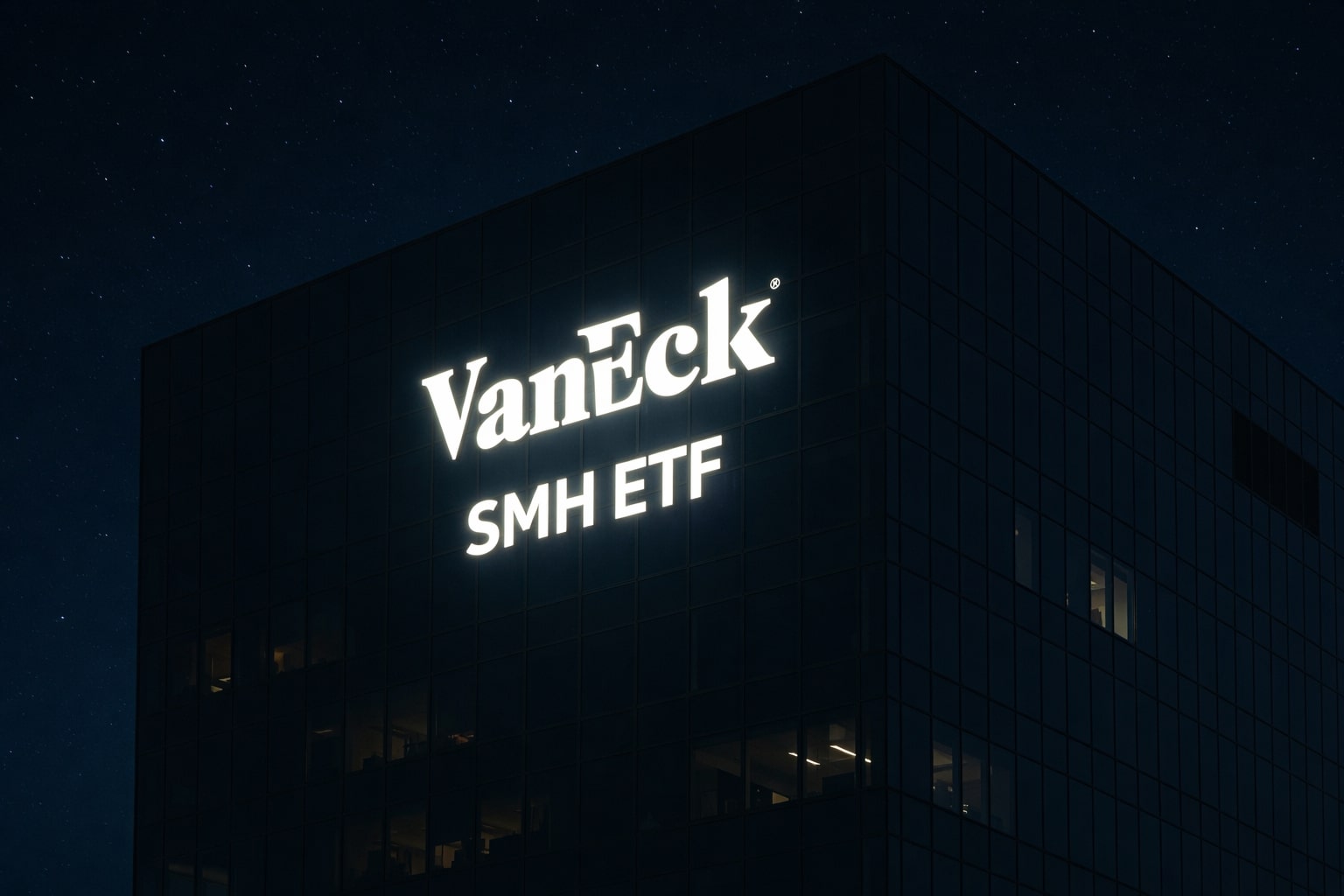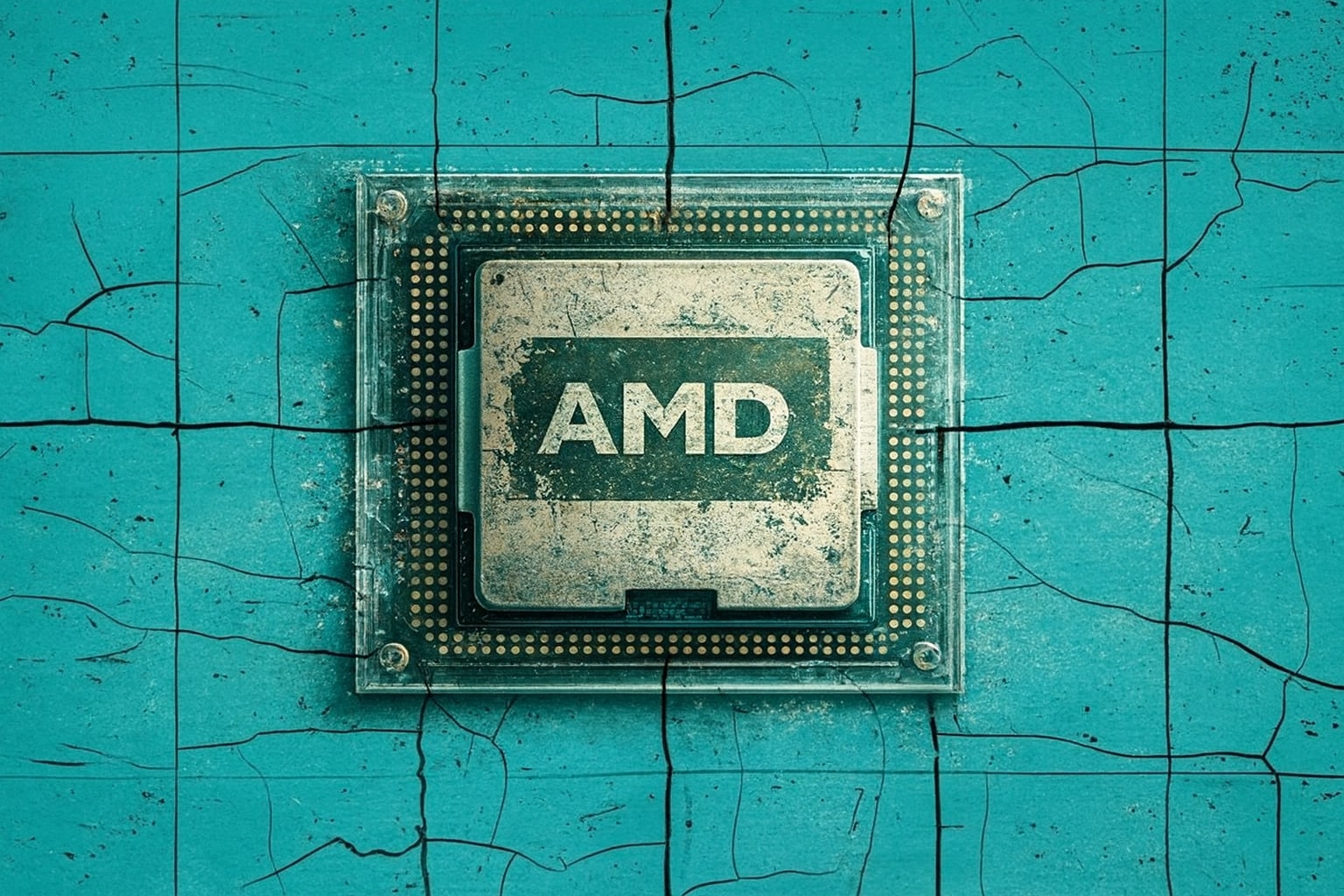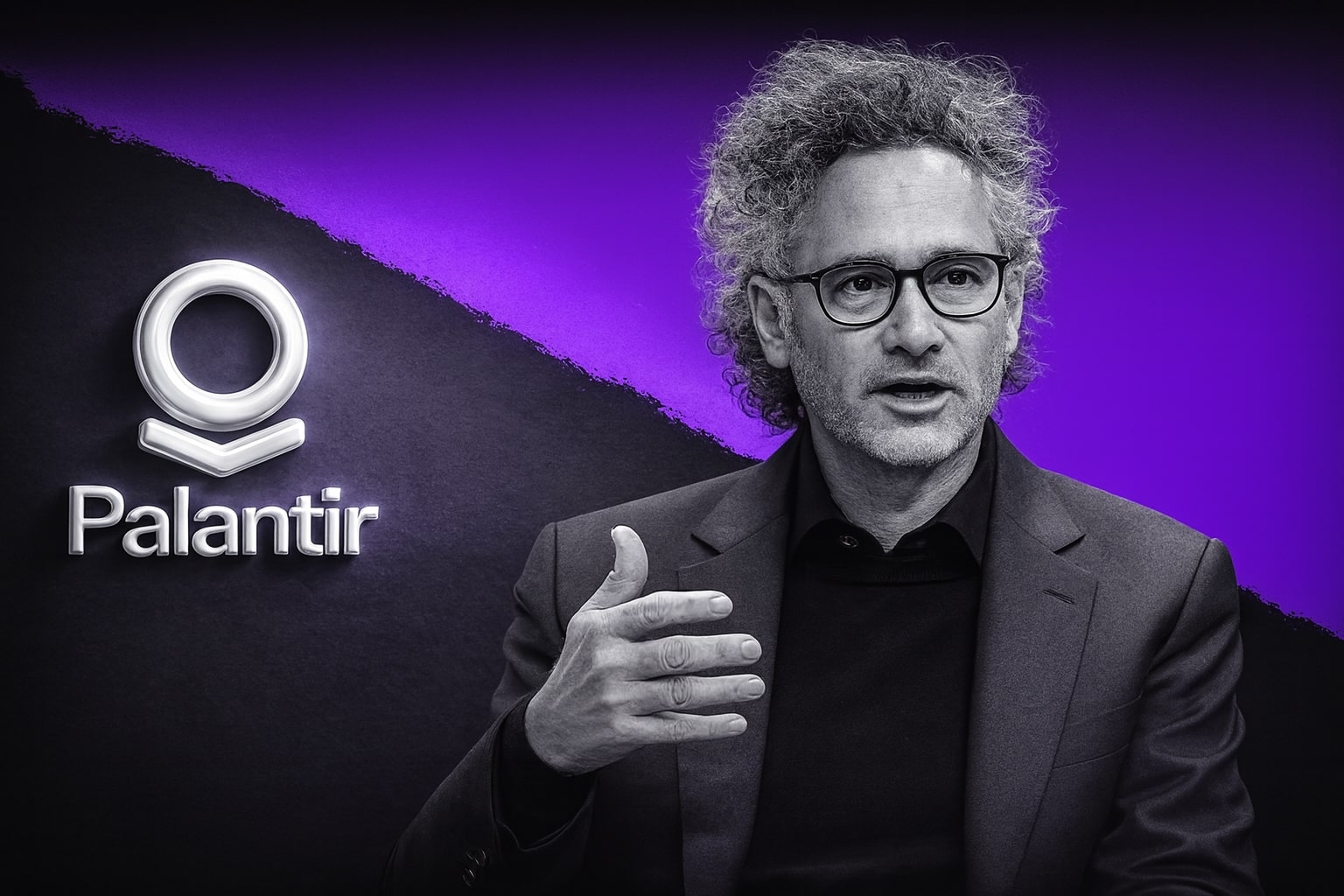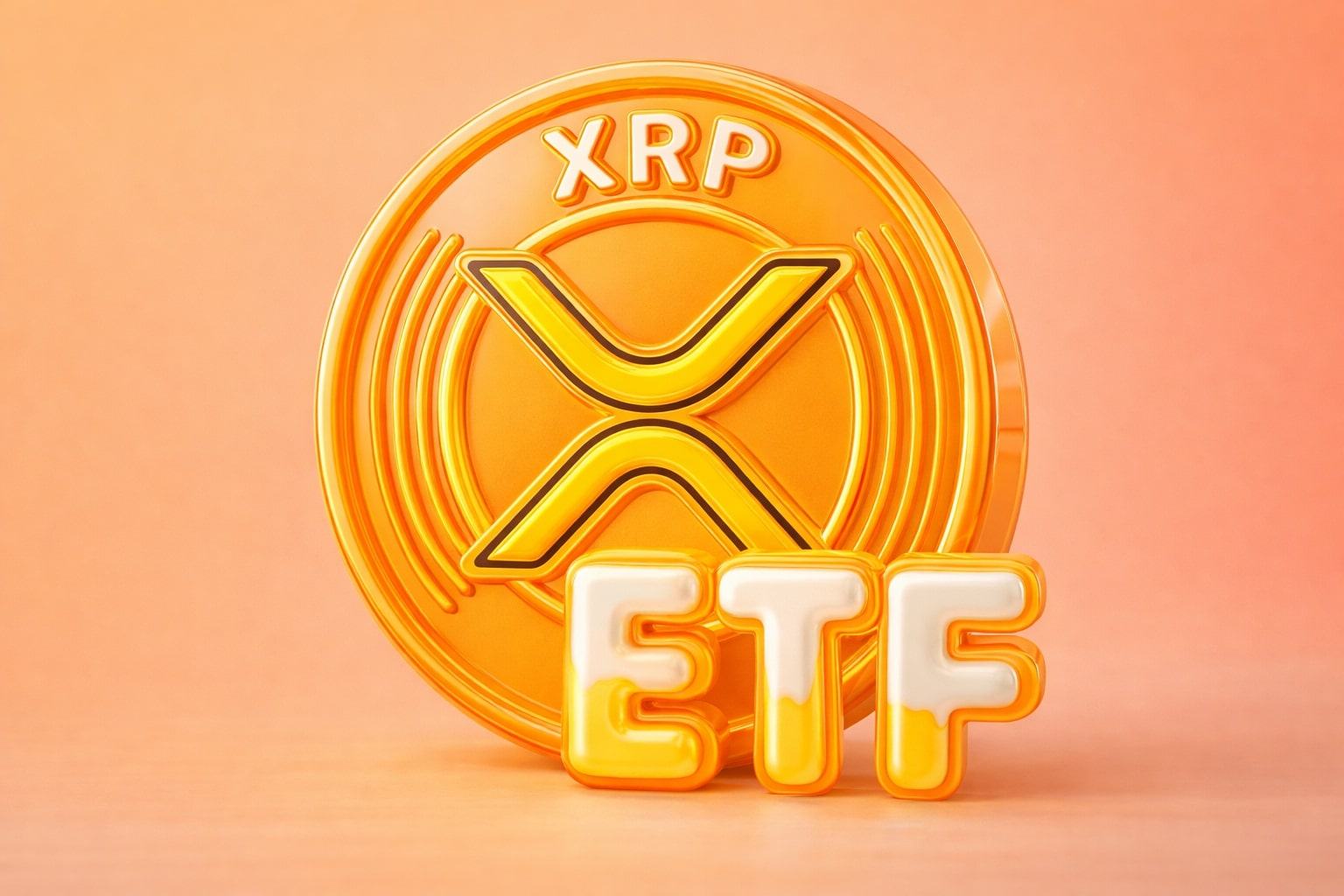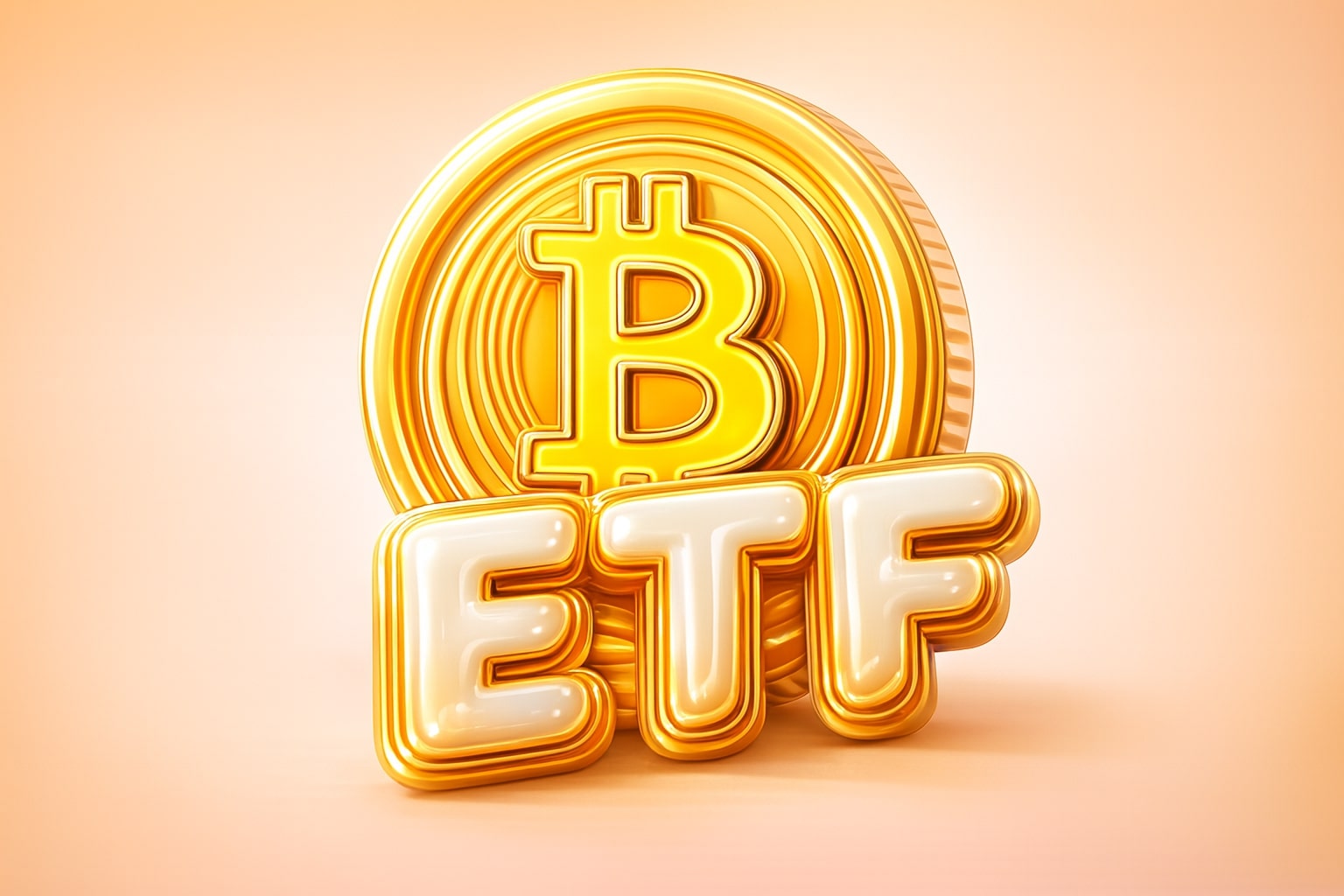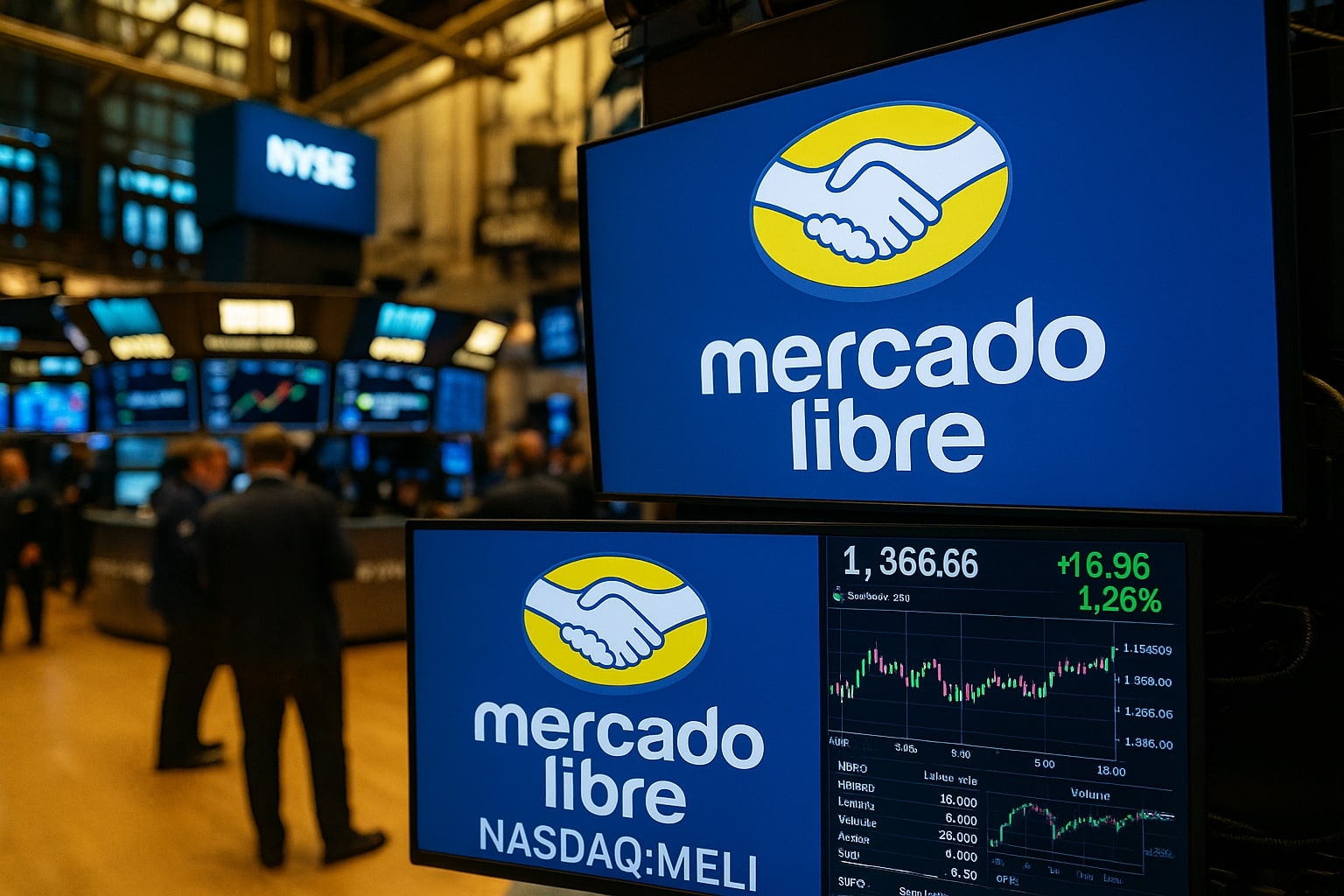
Why MercadoLibre (NASDAQ:MELI) Stock Holds Strong Growth Potential at $2,809?
Can MercadoLibre Maintain its E-Commerce Dominance in Latin America Despite Rising Competition? | That's TradingNEWS
NASDAQ:MELI – A Deep Dive into MercadoLibre's Dominance and Financial Strength in Latin America's E-Commerce
MercadoLibre's Strong Position in Brazil: Dominance and Resilience Amid Competition
MercadoLibre (NASDAQ:MELI) continues to maintain its leadership in the Latin American e-commerce space, particularly in Brazil. Despite growing competition, especially from Shopee, MercadoLibre's unparalleled understanding of Brazilian consumers and its strategic $6.4 billion investment in Brazil solidify its position as the market leader. Shopee, although expanding quickly, struggles to match MercadoLibre's deep regional knowledge and infrastructure. While Shopee's aggressive pricing strategy—featuring an average ticket price of $7 compared to MercadoLibre's $21—has captured attention, MercadoLibre’s higher price point reflects its stronghold in more profitable segments such as electronics and home goods. The company’s ongoing dominance and competitive edge also lie in its diversified business model, which includes e-commerce, fintech services, and digital payments.
Strong Financial Performance and Growth in Key Markets
In the first quarter of 2025, MercadoLibre posted a net revenue of $5.9 billion, surpassing the consensus estimate of $5.53 billion. This impressive growth was complemented by net income of $494 million, well above the expected $420.9 million. Brazil continues to be MercadoLibre's largest market, contributing 50% of its total revenues. Sales in Brazil increased by 30% year-on-year, while Argentina delivered an extraordinary 126% GMV growth, driven by favorable policies under President Milei. This continued growth demonstrates MercadoLibre’s resilience and capacity to navigate through economic uncertainty.
In addition to strong revenue performance, MercadoPago, MercadoLibre’s fintech arm, showed impressive growth. MercadoPago’s credit portfolio expanded by 75%, while its monthly active user base increased by 31%, reaching 64 million users. The fintech segment now accounts for 41% of MercadoLibre's total revenue, reflecting its strategic shift to diversify its operations beyond e-commerce into high-margin financial services.
Shopee's Strategy: Can Aggressive Pricing Hold in the Long Term?
Shopee’s rapid rise in Brazil and its strategy of targeting low-ticket items with an average price of $7 per item have caused concern among MercadoLibre investors. However, with Brazil’s high-interest rates and significant household debt, the sustainability of this strategy remains uncertain. Shopee also relies heavily on Brazilian sellers, with 33% of them being new to e-commerce. While Shopee's Gross Merchandise Value (GMV) has doubled in a year to $10 billion, its growth has yet to be proven in the long term. MercadoLibre, on the other hand, has built a robust platform over decades, benefiting from consumer trust and loyalty. Its higher average order value is indicative of its market positioning in more lucrative product categories.
MercadoLibre's Competitive Edge and Financial Strength
MercadoLibre’s financial metrics stand out in comparison to its competitors. The company boasts the highest revenue growth rate and return on equity (ROE) in Latin America, driven by its expansive reach and efficient business model. MercadoLibre’s ability to maintain high profit margins, coupled with its growing presence in fintech, further strengthens its competitive advantage. Despite rising competition, the company has continued to dominate the Brazilian e-commerce market, thanks to its strategic investments, including the 48% year-on-year increase in its investment in Brazil.
While MercadoLibre's price-to-earnings (P/E) ratio remains high, its PEG ratio of 1.2x reflects a 37% upside potential, suggesting that the stock is undervalued relative to its future growth prospects. If the PEG ratio returns to its historical average of 2.3x, MercadoLibre’s stock could reach a target price of $2,809, further confirming the potential for significant upside.
Valuation and Growth Potential: Is MercadoLibre Undervalued at $2,809?
Despite its high valuation, MercadoLibre remains an attractive investment due to its exceptional growth trajectory. With a PEG ratio of 1.2x, the company is trading at a discount to its historical average, implying significant upside potential. MercadoLibre’s market dominance in Brazil, Argentina, and Mexico, combined with its strategic investments in logistics and digital payment solutions, ensures continued growth. Moreover, MercadoLibre’s expansion into Argentina, where GMV growth has been exceptional, provides further evidence of its ability to scale operations. The fintech segment, in particular, offers immense growth potential in an underbanked region, which will likely boost profitability.
Risks and Threats: Can MercadoLibre Maintain Its Leadership Amid Currency Devaluation and Rising Competition?
While MercadoLibre’s future looks promising, there are risks to consider. Currency devaluation in Latin American countries is a key risk factor, as MercadoLibre earns in local currencies but reports in US dollars. The company has mitigated this risk in the past by adjusting its pricing strategies and operations accordingly. Another risk comes from increasing competition, particularly from Shopee and other e-commerce players. However, MercadoLibre’s established infrastructure, logistics network, and deep market knowledge should help it weather these competitive pressures.
Conclusion: MercadoLibre Remains a Strong Buy with 37% Upside Potential
MercadoLibre's strong position in Latin America, combined with its robust financial performance and ongoing investments, makes it an attractive investment opportunity. While competition from Shopee and macroeconomic risks present challenges, MercadoLibre’s market dominance, diversified revenue streams, and growing fintech operations should ensure its leadership in the region. With a PEG ratio of 1.2x, MercadoLibre offers a compelling buy with a 37% upside potential, making it a top pick for investors seeking exposure to Latin American e-commerce and fintech growth.
That's TradingNEWS
Read More
-
SMH ETF: NASDAQ:SMH Hovering at $350 With AI, NVDA and CHIPS Act Fueling the Next Move
16.12.2025 · TradingNEWS ArchiveStocks
-
XRP ETFs XRPI and XRPR: Can $1B Inflows Lift XRP-USD From $1.93 Back Toward $3.66?
16.12.2025 · TradingNEWS ArchiveCrypto
-
Natural Gas Price Forecast: NG=F Falls to $3.80–$3.94 as Warm Winter Kills $5.50 Spike
16.12.2025 · TradingNEWS ArchiveCommodities
-
USD/JPY Price Forecast - USDJPY=X Slides, BoJ 0.50% Hike, Fed Cut and NFP Set the Next Big Move
16.12.2025 · TradingNEWS ArchiveForex














